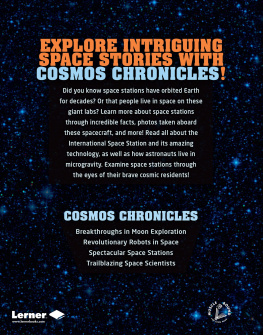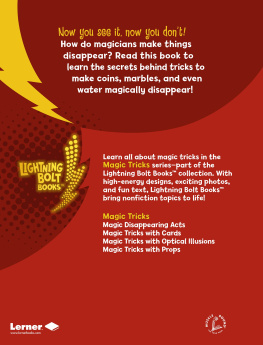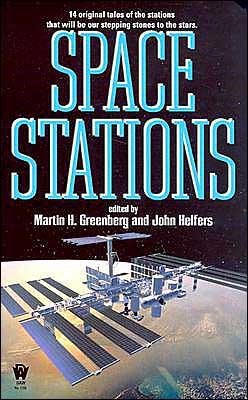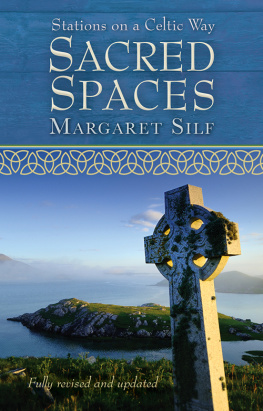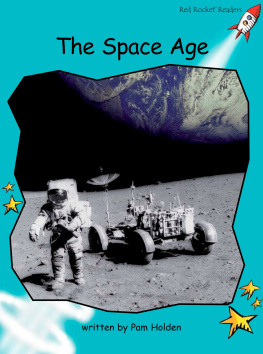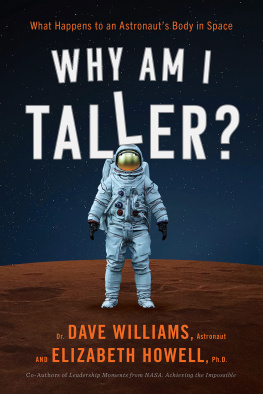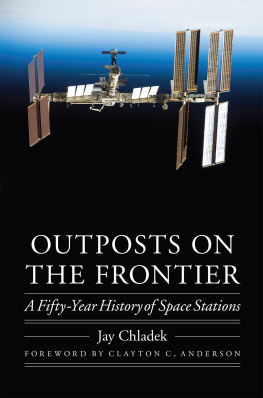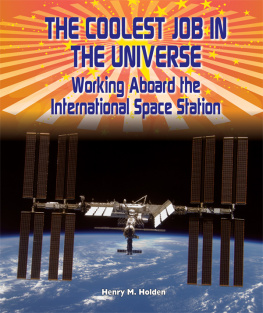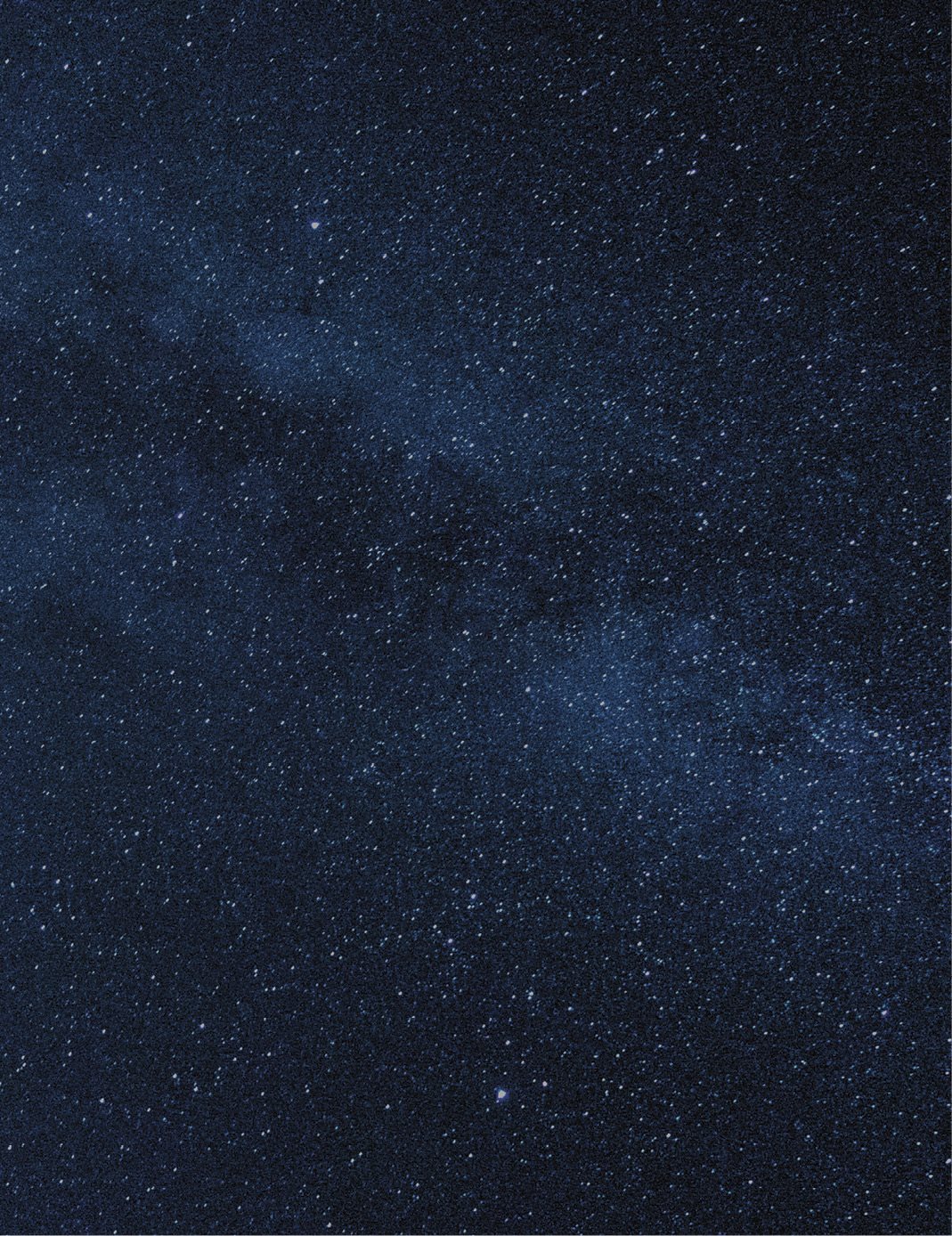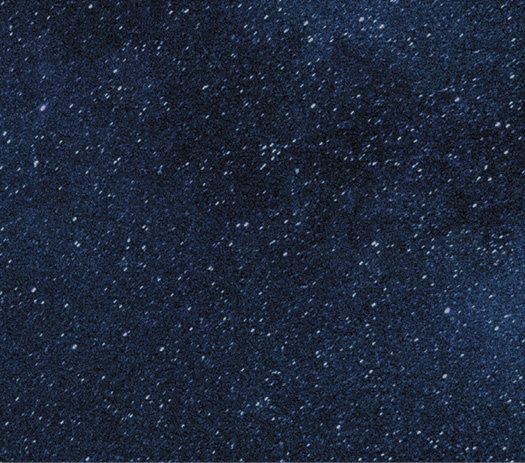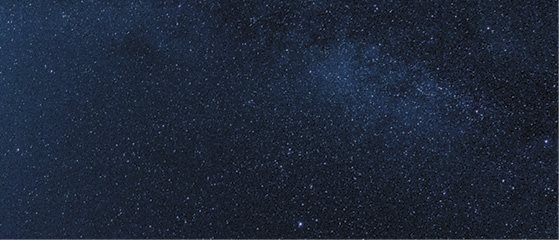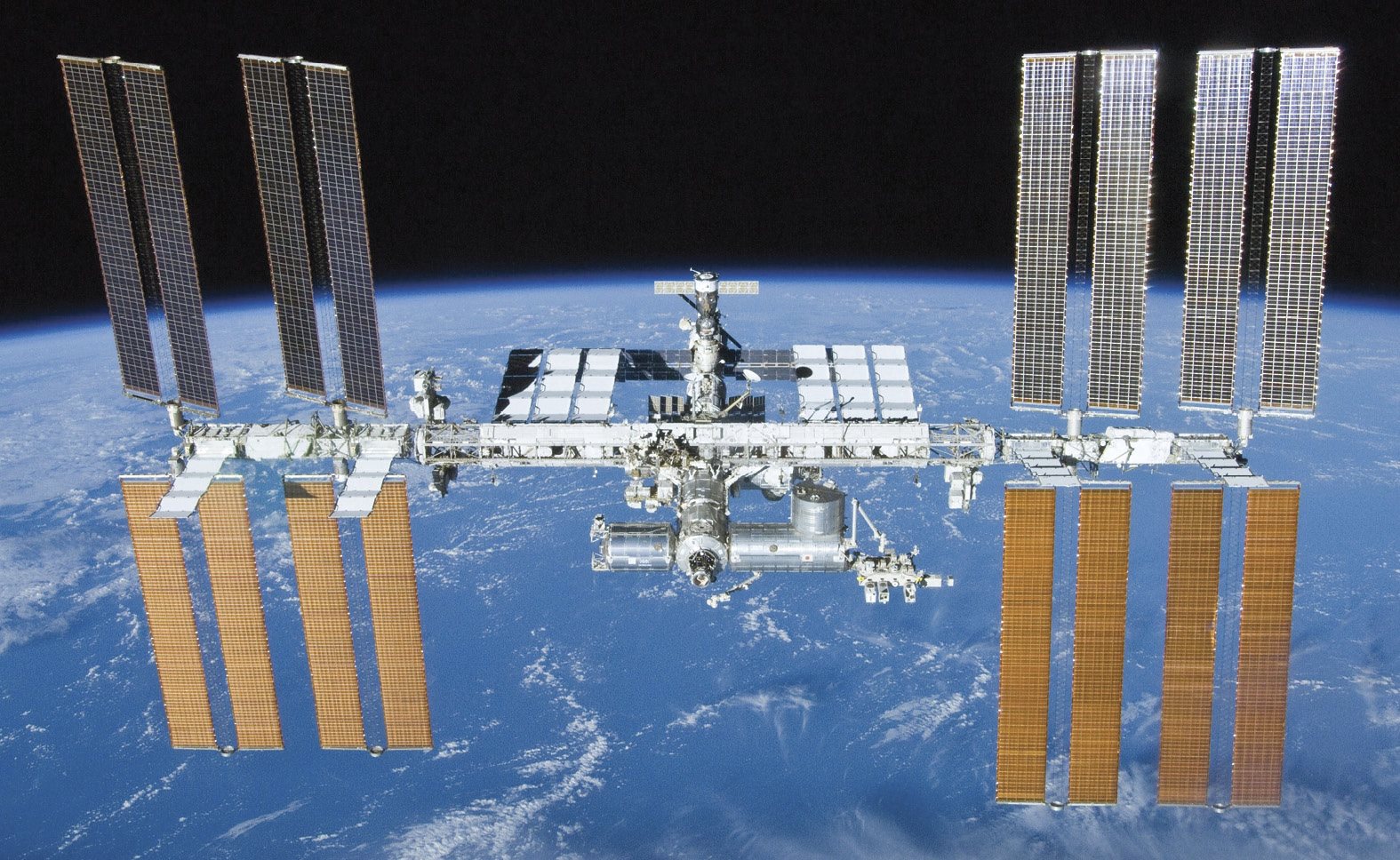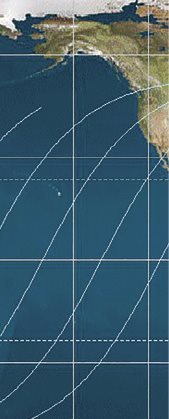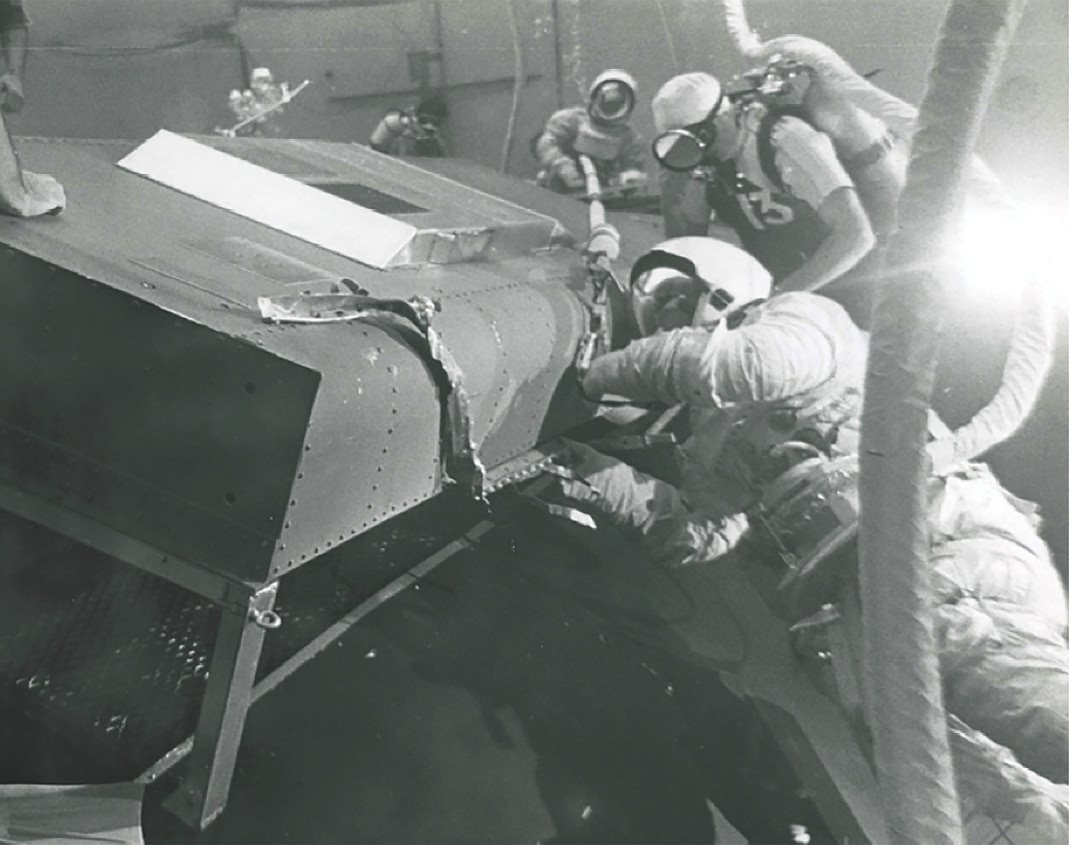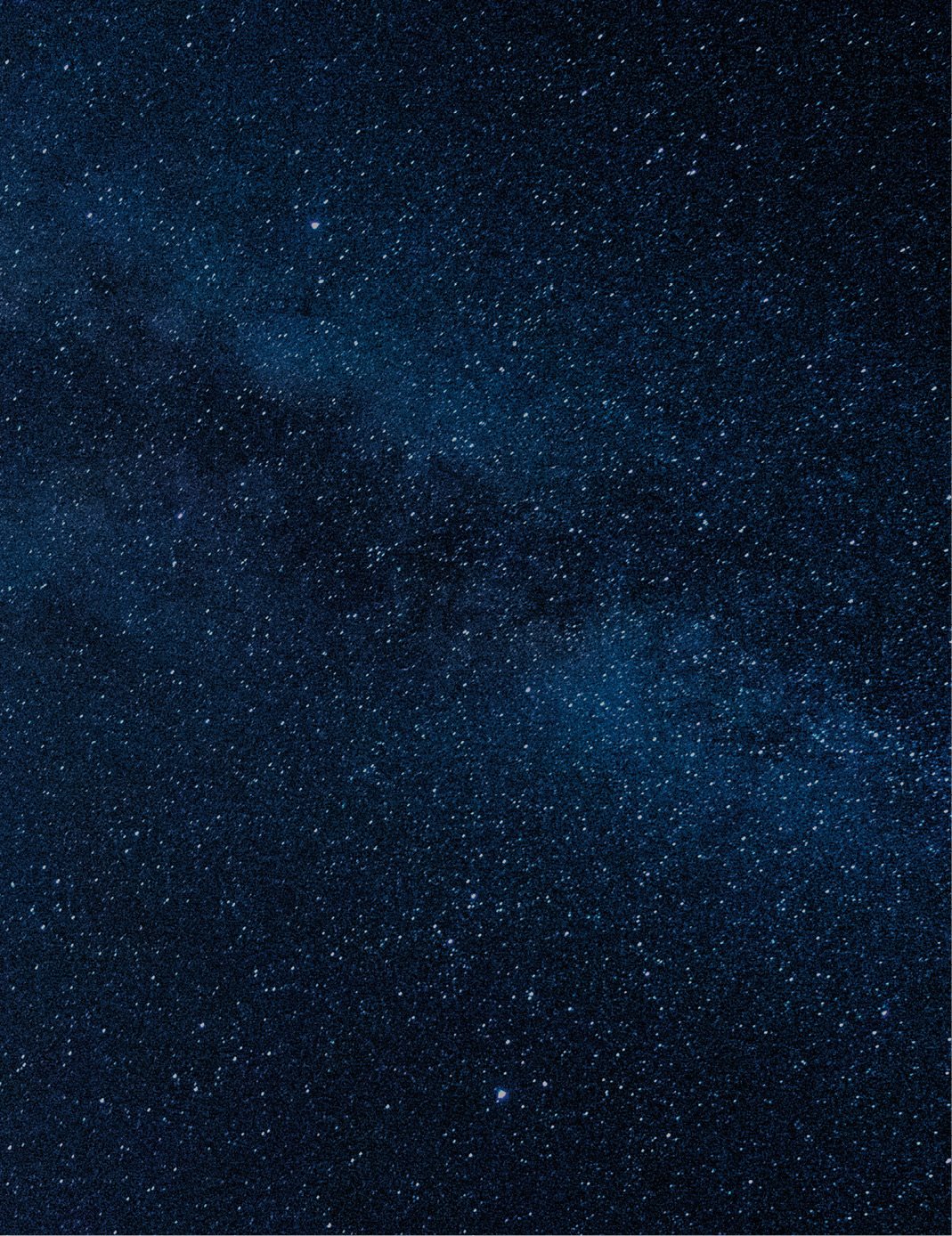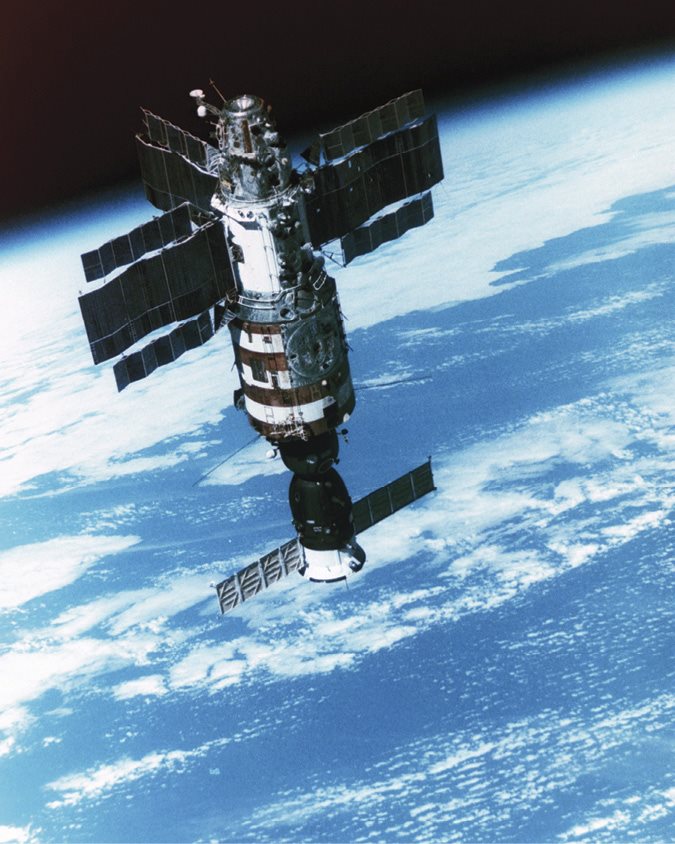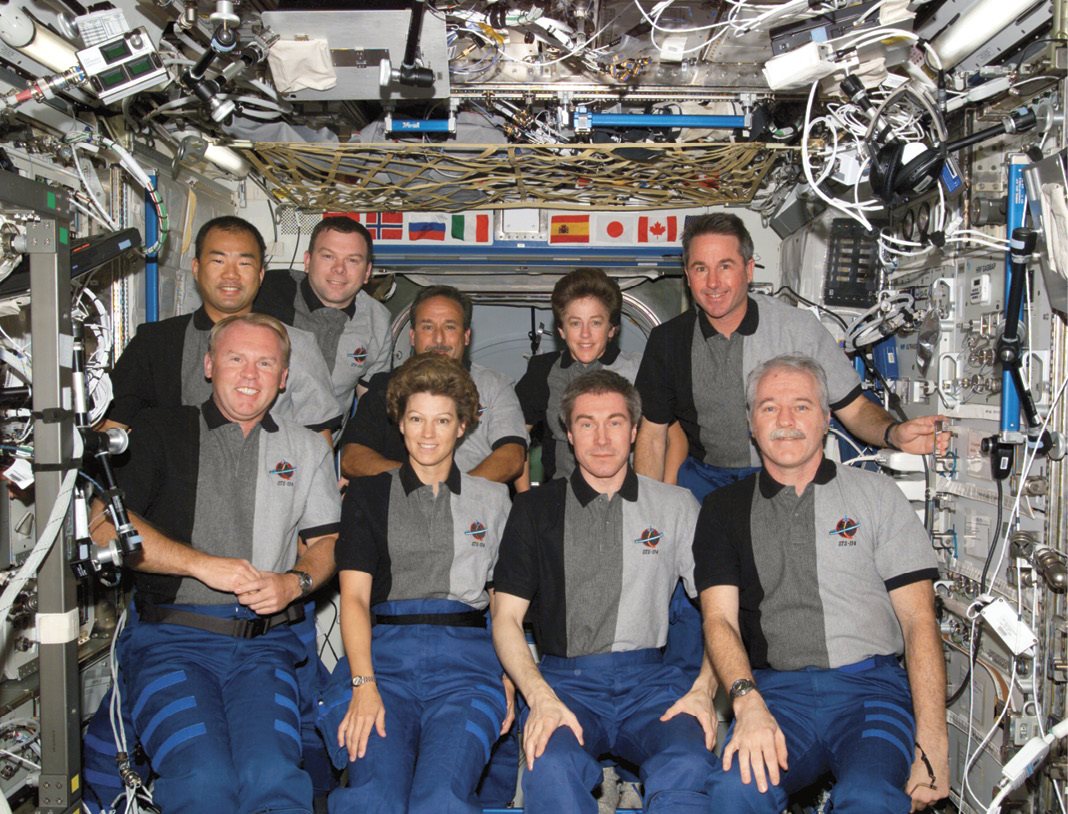Spectacular Space Stations
Elsie Olson
Lerner Publications Minneapolis
Cosmos Chronicles
Copyright 2019 by Lerner Publishing Group, Inc.
All rights reserved. International copyright secured. No part of this book may be reproduced, stored in a retrieval system, or transmitted in any form or by any meanselectronic, mechanical, photocopying, recording, or otherwise without the prior written permission of Lerner Publishing Group, Inc., except for the inclusion of brief quotations in an acknowledged review.
Lerner Publications Company
A division of Lerner Publishing Group, Inc.
First Avenue North
Minneapolis, MN 55401 USA
For reading levels and more information, look up this title at www.lernerbooks.com .
Main body text set in Caecilia LT Std 11.25/20
Typeface provided by Adobe Systems.
Photo Acknowledgements
The images in this book are used with permission of: NASA/Crew of STS-132/Wikimedia Commons, pp. 45; Wikimedia Commons, p. 5; NASA, pp. 6, 8, (ISS), 14, (top), (bottom), 18, (top), 24, (top, middle, bottom), 26, (top, middle), 29; Amanda Slater/Flickr, p. (bottom); Roger Ressmeyer/Corbis/VCG/Getty Images, p. (top); NASA On the Commons/Flickr, pp. (bottom), 12, (top), 20, (bottom), 22; NASA/Wikimedia Commons, pp. (Skylab), (Mir), 10, (top), (bottom), (bottom), (top, bottom), (bottom); SVF2/Getty Images, p. (Salyut); Xinhua News Agency/Getty Images, p. (Tiangong); NASA Johnson/Flickr, pp. (bottom), 23; NASA/Bill Stafford/ Wikimedia Commons, p. 16; Copyright Airbus, p. (top); NASA/Bill Ingalls/Wikimedia Commons, p.
Cover: NASA
Design elements: NASA/JPL-Caltech/STScI/IRAM
Library of Congress Cataloging-in-Publication Data
The Cataloging-in-Publication Data for Spectacular Space Stations is on file at the Library of Congress.
ISBN 978-1-5415-5597-6 (lib. bdg.)
ISBN 978-1-5415-7371-0 (pbk.)
ISBN 978-1-5415-5645-4 (eb pdf)
Manufactured in the United States of America
CG 7/15/19
Contents
A New Frontier
Throughout history, humans have tested the limits of survival on Earth. Now humans are pushing to survive in outer space!
With microgravity , extreme temperatures, and no oxygen, space is the most challenging environment yet. Staying alive in these conditions might sound like science fiction. And yet, since the 1970s, select groups of humans have called space home. These bold explorers stay in orbiting outposts called space stations.
Space stations are human-made structures sent into Earths orbit. They allow humans to live in space for long periods of time. Some explorers have lived in space for over a year at a time!
Can You Spot the ISS?
The International Space Station (ISS) orbits Earth every ninety minutes. On a clear night, the bright space station can be seen with the naked eye. Want to see when the ISS is flying above your house? Check out spotthestation.nasa.gov .
As of 2018, only one space station was permanently inhabited . It is the International Space Station (ISS).
NASAs Daring Space Repair
On May 14, 1973, NASA launched its first space station, Skylab. It was a laboratory where people could perform science experiments in space. Skylab launched separate from the crew.
However, Skylab ran into trouble during launch. A shield meant to protect it from the suns extreme heat was torn off. So, while Skylab went into orbit, NASA delayed the crews launch to plan a repair.
On May 25, the crew launched and met up with Skylab. The team added a new solar shield while tethered to Skylab. It was the most complex repair ever done in space! Skylab went on to host several crews of astronauts.
The Skylab crew practiced the repair underwater before trying it in space.
Skylab Backstory
Skylab was a first for NASA, but the Soviet Union built the first space station. Salyut 1 launched in 1971.
Skylab Crashes in Australia
In 1979, an empty Skylab came crashing back to Earth. Pieces of the station landed in western Australia. No one was injured. But an Australian town fined the United States $400 for littering.

